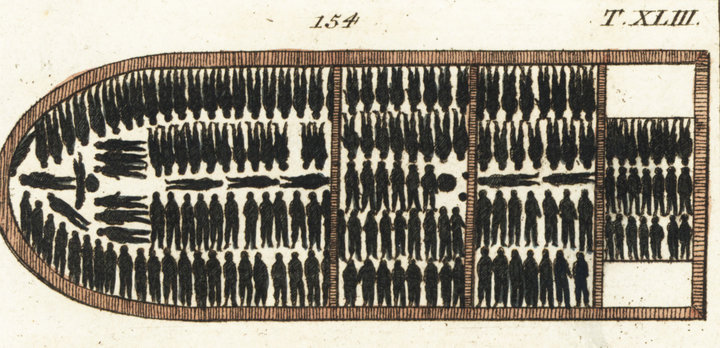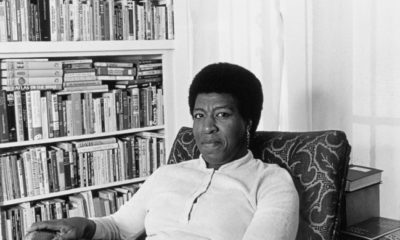Butterflies in Education
Mom Says School Taped Students’ Wrists, Put Them In Dark Room For Slavery Lesson
Shardé Carrington says the “surprise” eighth-grade history lesson also included a clip from “Roots.”
What is the right way to teach kids about the American slave trade? And when should a parent have a say?
For one mother of three, this question is at the center of an ongoing conflict she says she is having with administrators at Whitney High School in Cerritos, California. Shardé Carrington, 31, posted a Facebook message Monday to open up a dialogue about a disturbing history lesson she says was being taught to her son’s eighth-grade class.
According toCarrington, a teacher sent an email on Sept. 5 with the subject heading “Unique Learning Experience” to inform parents of an upcoming exercise that would supposedly expose students to the horrors of slavery. The lesson would involve the teachers acting as “slave ship captains” and students as slaves.
“Specifically, when class starts,” the email reads, “we will sternly tell them to line up outside the classroom, use masking tape to ‘tie’ their wrists together, make them lay on the ground inside the room (which will be dark) shoulder to shoulder with each other (boys and girls are in separate rows), and then while they lay there, have them watch a clip from ‘Roots.’”
Carrington, who is African American, told HuffPost on Thursday that upon receiving the initial email, she cycled through feelings of disbelief, denial, and finally anger. She feared that by presenting the exercise as a “unique learning experience,” the teachers were being “irresponsible at best, manipulative and dangerous at worst.”
Students, according to the email, were not going to be made aware of the lesson in order to maintain an element of “surprise.” Carrington later learned that her son already knew about it because ninth-grade students who had previously gone through it had already informed the lower grades.
“As the mother of a black child, I feared that my son’s participation would lead him to experience trauma, perhaps at the cellular level, and have a visceral reaction of anger and fear during the exercise itself,” Carrington explained. She knew, right away, that she would not be allowing her son to participate in the lesson. But she had questions and concerns. She wanted to know why this lesson had been given the green light in the first …
Please read original article- Mom Says School Taped Students’ Wrists, Put Them In Dark Room For Slavery Lesson






























